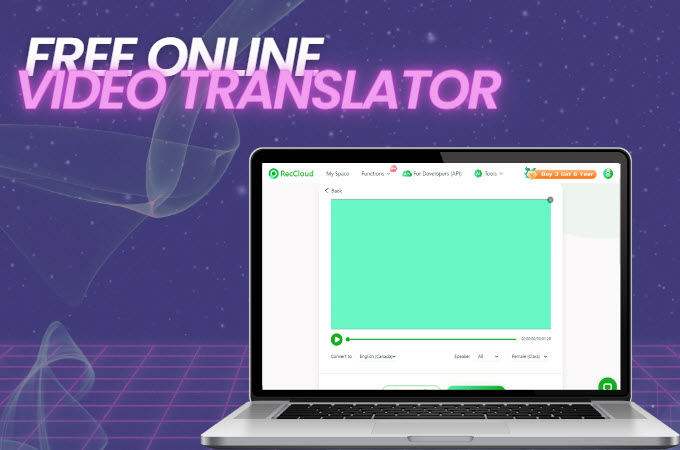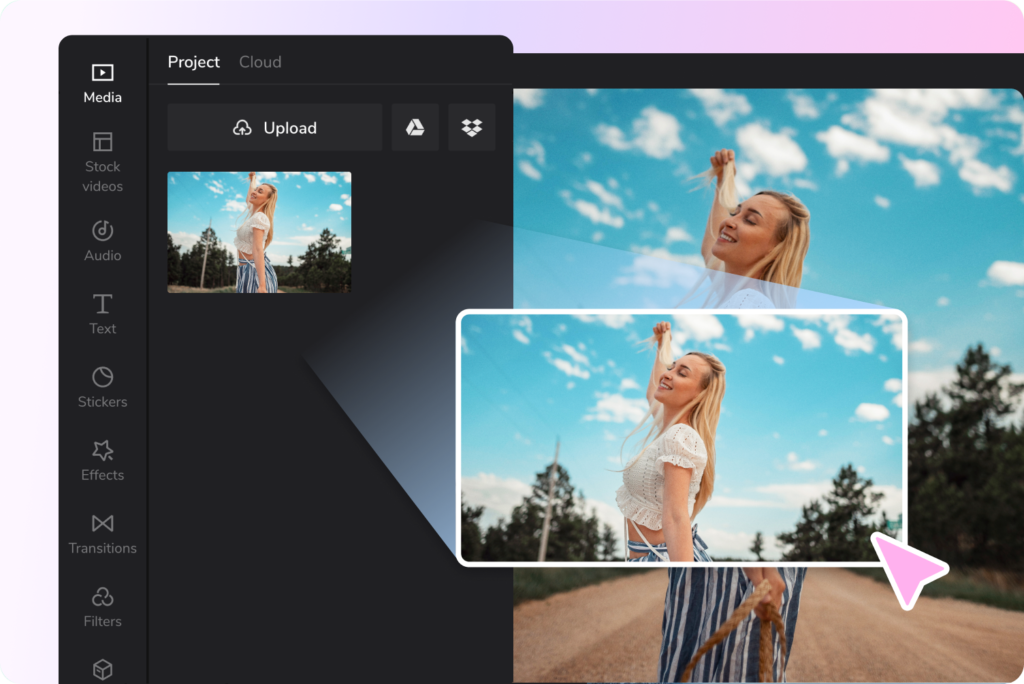How Online Video Translators Are Revolutionizing Global Communication

Traditionally, video translation has been a time-consuming and expensive process. However, technological advances have enabled automating and streamlining the process.
This helps organizations grow their reach and connect with global audiences by providing accurate translations for pre-recorded content, live events, or subtitles. It also allows for localization that considers cultural nuances and language variations.
Video Voice Translators
Video translation is essential for bridging language barriers, enabling global collaboration, and empowering diverse communities. However, bringing translated video content to life can be challenging. A video voice translator can eliminate these challenges and streamline the translation process for content creators and viewers.
An online video translator uses complex real-time translation algorithms to transcribe the audio in a video and translate it into multiple languages. The translations are then displayed as subtitles, allowing the audience to watch a video in their preferred language without pauses or loss of meaning. This technology is beneficial in eLearning courses, presentations, and webinars where participants speak different languages or use sign language.
The video voice translator can also synchronize the translations with the visuals, making it a seamless experience for both audiences. This technology is even used to help individuals with disabilities communicate more effectively. A video voice translator can capture the movements of the lips and animate them to mirror the speech, creating an effect much closer to a human voice than standard text-to-speech software.
Video translation has been widely utilized in many industries to improve communication, facilitate collaboration, and empower diverse communities. In healthcare, for example, video translation promotes disseminating critical health information to individuals with limited English proficiency or who are deaf or hard of hearing. This enables them to make more informed health decisions, improving overall health outcomes.

Real-Time Translation
As the world becomes more interconnected, the need for effective language translation has never been more critical. Whether you are a business collaborating with partners across the globe, a healthcare provider treating patients from different linguistic backgrounds, or simply a traveler trying to navigate a new city, video voice translation technology makes it possible to communicate quickly and efficiently, no matter your linguistic background.
Real-time translation, or lingua franca translation, allows individuals to easily communicate in multiple languages via video calls or messaging applications. It can even be utilized in augmented reality, enabling users to instantly translate printed text using their smartphone camera.
While real-time translation is a powerful tool, it does have its limitations. Cultural nuances and idiomatic expressions can often get lost in translation, and the emotion behind a speaker’s voice may not always be accurately conveyed. For this reason, it is still essential to use a human translator or rely on subtitles when creating videos that require precise localization and understanding of cultural context.
Achieving this balance between advanced technology and a human touch is vital to dismantling language barriers and fostering global collaboration. Fortunately, modern language translation tools allow businesses to create multilingual videos for any audience without expensive professional translation services.
AI-Powered Translation
Language is an essential element of cultural exchange and understanding, and AI translation tools are helping to break down barriers that inhibit cross-cultural connections. AI-powered translation allows businesses to communicate with global audiences more effectively without hiring a team of translators or breaking the bank on a dedicated language service.
In addition, the advancement of generative AI translation makes it easier to automate language conversion processes for a more streamlined translation experience. This translates to faster communication and more streamlined results, an essential advantage for any business operating across multiple markets or with a highly diverse client base.
One of the most exciting innovations in AI-powered translation is developing software that translates speech and synchronizes lip movements. This technology is revolutionizing video translation and dubbing by making foreign language content more accessible to global audiences and enhancing the authenticity of translated videos.
However, AI translation has its limitations. For example, the accuracy of AI-powered translation can be impacted by the quality and diversity of the data used to train the machine. Therefore, it’s essential to use these translation tools in conjunction with human expertise and ensure they are free of bias. Looking for AI translation solutions that offer domain-specific training and customization and integrations or APIs to streamline workflows is also a good idea for the best results.
Subtitling
Subtitling is the text version of what is spoken in video content. It is an effective way to help viewers with hearing loss, learning disabilities, and other conditions understand the content of your videos. When appropriately used, subtitles can also make your videos gratifying to watch. Subtitling requires a lot of skill, mastery of conventions, and the right tools to produce quality output.
Having your content transcribed and translated into foreign languages can help you expand your reach to global audiences. A broader audience means more potential customers and more revenue opportunities. Subtitles and captions can also improve SEO, making it easier for search engines to identify the keywords in your content.

Human transcribers and translators can deliver exceptional accuracy while ensuring subtitles are well-synchronized with audio and easy to read. They can also discern subtleties in tone and emotional nuances, conveying them effectively to ensure a consistent, relatable viewing experience. Ambercript’s advanced technology combines the precision of AI with the art of human translation to create accurate, engaging, and contextually relevant subtitles. This enables you to transcend language barriers and connect with your audience globally while maintaining authenticity.
Also, Read The Following: mosaic glass wall tiles.



